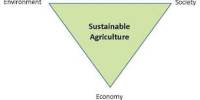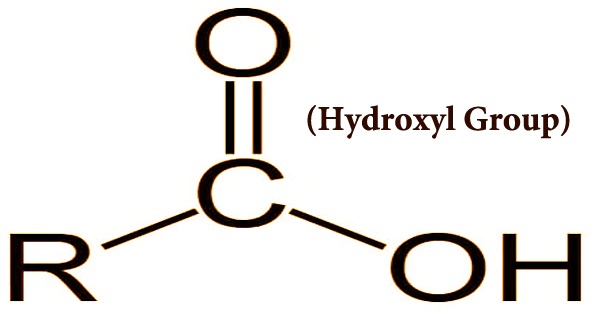Research cooperation has aided in the understanding of the chemical defenses that protect wheat plants from disease, potentially opening up new research possibilities in this widely grown crop. Researchers at the John Innes Centre, who took advantage of recent improvements in deciphering the complex genome of bread wheat made the discovery.
The Osbourn and Uauy teams worked together to generate data that led to the discovery of many sets of genes in wheat that turn on when the plant is attacked by disease-causing bacteria.
These genes are identified in the wheat genome in six biosynthetic gene groups. Other cereal crops, such as oat and rice, have already been revealed to have gene clusters that create defensive chemicals.
Researchers extracted genes of interest and put them into Nicotiana benthamiana, a close relative of tobacco, to find out what compounds these clusters create. The metabolic pathways expressed by the clusters were quickly analyzed using this transient expression approach.
The clusters encoded a diverse mix of compounds, including triterpenes, diterpenes, and flavonoids, as well as a previously unknown molecule called ellarinacin, according to the researchers.
The researchers are still trying to figure out what other compounds are created by the gene clusters and how they contribute to wheat pest and disease resistance.
Wheat, cereal grasses of the genus Triticum (family Poaceae), and its edible grains. It is one of the most ancient and essential cereal crops. Wheat can grow in a variety of temperatures, but it thrives in temperate settings and is prone to illness in extremely hot and humid environments.
Wheat is one of the most significant cereal crops, accounting for one-fifth of the calories consumed globally. Wheat produces a variety of compounds in reaction to pest and pathogen threats, despite its agricultural value.
Knowing which genetic pathways create which valuable compounds means that these gene combinations might be bred into wheat types to increase disease resistance at a time when climate change is making this a bigger issue.
Wheat is cultivated as a food crop for cattle to a limited extent, and the straw can be utilized as fodder or as a construction material for roofing thatch. The nutritional makeup of wheat grains changes depending on climate and soil conditions.
Our genomics-driven approach has allowed us to identify compounds that are produced in wheat only under certain conditions in this case pathogen attack. Finding these molecules by the ‘classical’ approach of chemical analysis of wheat extracts would be challenging.
Dr. Polturak
The kernel includes 12 percent water, 70% carbs, 12 percent protein, 2% fat, 1.8 percent minerals, and 2.2 percent crude fibers on average. Thiamin, riboflavin, niacin, and minor levels of vitamin A are present, however the bran and germ are removed during the milling process, which removes the majority of those elements.
A pathogen-induced mutation of the Ellarinacin cluster, which yields the structurally identical substance brachynacin, was also discovered in Brachypodium distachyon, a wild grass related of wheat, according to the study published in the journal PNAS.
According to Dr. Polturak, the report marks the beginning of an important new direction in wheat research.
“Our genomics-driven approach has allowed us to identify compounds that are produced in wheat only under certain conditions in this case pathogen attack. Finding these molecules by the ‘classical’ approach of chemical analysis of wheat extracts would be challenging.”
Wheat genetics is more sophisticated than the genetics of most domesticated species. Some wheat species are diploid, meaning they have two sets of chromosomes, but many are polyploid, meaning they have four sets of chromosomes (tetraploid) or six (hexaploid).
Professor Anne Osbourn, a group leader at the John Innes Centre and an author of the paper said:
“From knowing little about wheat defense compounds, we have now discovered six previously unknown pathways for biosynthesis of defence compounds in wheat, including entirely new chemicals that haven’t been reported before. Our work continues, to investigate what these molecules are doing in wheat, how they contribute to defence against pathogens, and how the whole network of pathogen-induced gene clusters is regulated.”
















